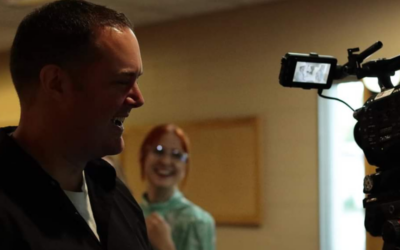As new discoveries and breakthroughs are being made every year, science and modern medicine are advancing rapidly. However, medical practices weren’t always as sophisticated as today. In fact, many health conditions in the past were remedied with almost unimaginable techniques and treatments. Here are three of the most bizarre medical treatments from history that, despite not being scientifically proven, were practiced.
1. Treating Arthritis with Whale Carcasses
In Australia, individuals who suffered from rheumatoid arthritis (pain and swelling in the joints) would lie down inside a whale carcass for up to thirty hours, allowing the gasses and odours from the carcass to work its magic. This process supposedly brought relief to patients, as they claim to have emerged with less intense or even non-existent symptoms. As interesting as this treatment was, the discovery was just as amusing: In 1896, a drunk man walking along the beach plunged into a whale carcass, emerging sober and cured of his condition two hours later.
2. Curing Malaria with a Magic Word
According to a Roman physician in the third-century, repeatedly writing the magical word “Abracadabra” on a piece of paper could cure malaria. Patients were told to write the word over and over in separate lines, taking a letter away from the word each time until all that was left was the letter “A.” The theory behind this practice was that “by making the letters disappear, the illness would likewise vanish.” The last step in treating this deadly disease was to throw the paper into an east-running stream after tying it up with flax and wearing it around the neck as a talisman for nine days.
3. Treating Psychiatric Disorders with a Cat Piano
The “Katzenklavier” was invented in 17th century Germany to treat patients with psychiatric disorders and bring them back to “conscious awareness”. Seven to nine cats would be lined up according to the pitch of their meows, and as the keys of a keyboard were depressed, a nail would strike the tail of the corresponding cat resulting in a vocalization and pained expression from the animal. This inhumane instrument was never actually built, but the bizarre concept that a patient could be mentally refocused from listening and watching this instrument being played is too shocking to not include.
When comparing medical treatments from history to those practiced now, approaches and understanding of illness and disease have definitely changed over the centuries. Developments and revolutions in medicine have made it possible for patients to be treated in safer and practical ways, and evidence-based research continues to replace outdated ideas.





